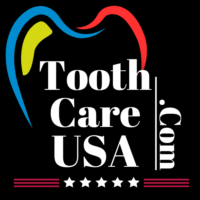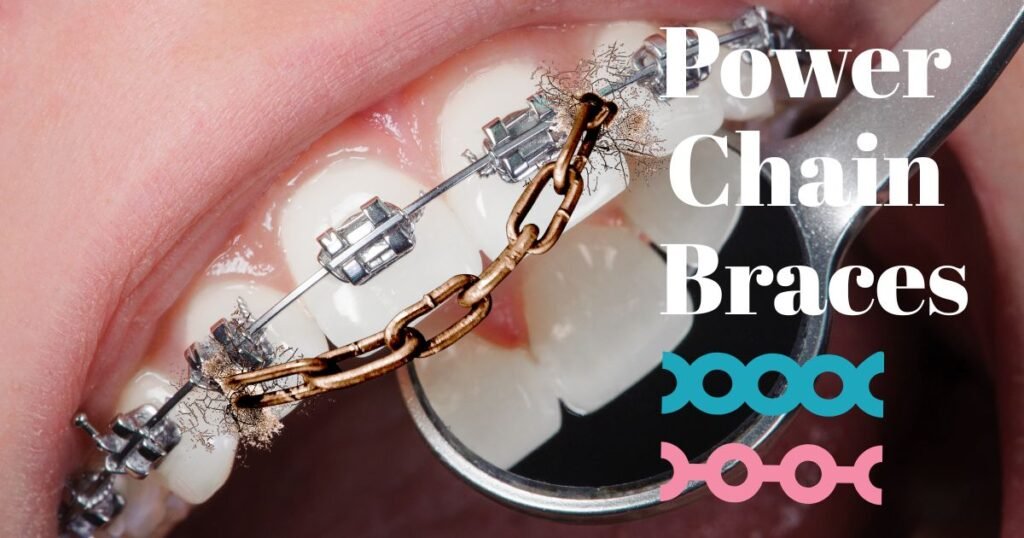Understanding how to know if you need braces is the first step to a healthier, happier smile. Not all smiles, but braces do more than simply improve the aesthetics of your teeth–the look of your teeth and oral health, too. “But some people are still confused about when to get orthodontic treatment. This comprehensive guide will shed light on its signs, ways of diagnosis, as well as help you know if braces are the best solution for you or your child.
Self-Assessment Tool: Do You Need Braces?
Do You Need Braces? 🦷
Answer a few quick questions to find out if you might benefit from seeing an orthodontist.
1. Why Braces Matter
Orthodontic braces are more than just a cosmetic fix—it’s an important fix for bite problems, alignment issues, and jaw abnormalities. If you’re wondering how to know if you need braces, the first clue for you may be how your teeth line up and how your bite operates.
Braces act by applying constant pressure in order to move teeth slowly to their appropriate position. This enhances the cosmetics and function of your smile. Braces are often recommended for teenagers, but adults may also benefit.
2. Common Signs You Might Need Braces
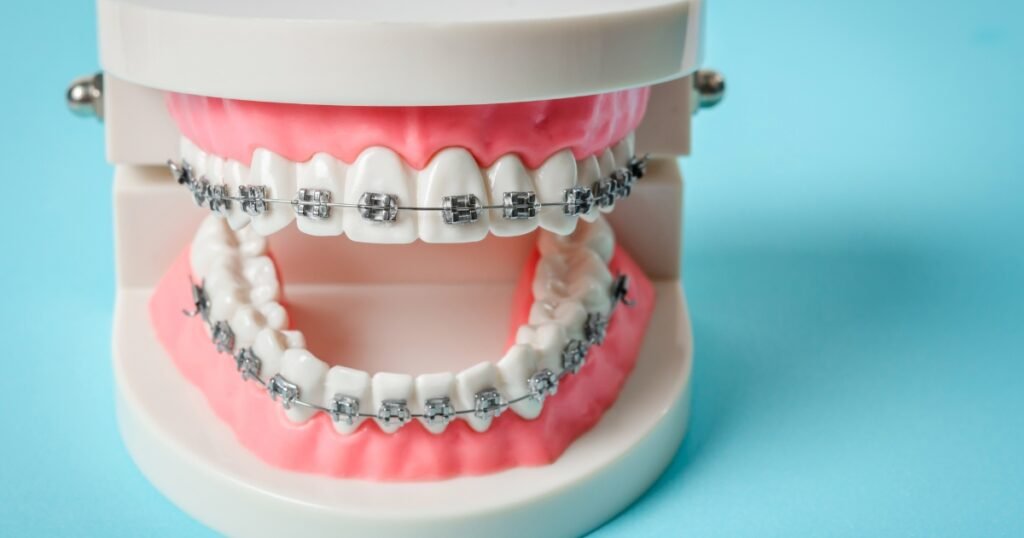
Understanding how to know if you need braces begins with recognizing the common signs. These are a few of the more obvious signs: These are some of the most noticeable indicators:
| Sign | Description |
|---|---|
| Crowded teeth | Teeth overlap or bunch together. |
| Gaps between teeth | Visible gaps between the teeth. |
| Overbite | Upper teeth cover the majority of the lower teeth. |
| Underbite | Lower teeth protrude past upper teeth. |
| Crossbite | The upper and lower teeth are not in the right place. |
| Open bite | Front teeth don’t touch when biting. |
| Jaw pain | Discomfort or popping is noticed most of the time. |
If you are suffering from one or more of these signs, then you may require a dental checkup to determine the likelihood of needing braces.
3. Orthodontic Conditions That Braces Can Address

Let’s explore further some of the problems that are commonly corrected with braces:
- Malocclusion: Improper bite that could cause uneven tooth wear.
- Diastema: Spaces between teeth, usually between the upper front teeth.
- Overjet: The Top front teeth stick out from the lips conspicuously.
- Overcrowding: The jaw is too small to accommodate the teeth.
- Crossbite: A malocclusion produced when lower and upper teeth are misaligned, and some of the upper teeth sit inside the lower teeth.
All of these take a toll on oral health. How to tell if you need braces . In addition to the obvious signs, being aware of these 3 orthodontic problems is part of knowing how to know if you need braces.
4. Braces and Age: When is the Right Time?

Age is the most common factor that causes kids around 10-14 to get braces, but it’s not the only factor. You may be thinking, how to know if you need braces as an adult? Untreated alignment problems with adults can have many of the same benefits as in children.
Braces at Different Ages:
| Age Group | Braces Suitability |
|---|---|
| Children (7–10) | Early evaluation stage |
| Teens (11–18) | Good for the long-term problems |
| Adults (18+) | Good for the long term problems |
5. Self-Evaluation Checklist
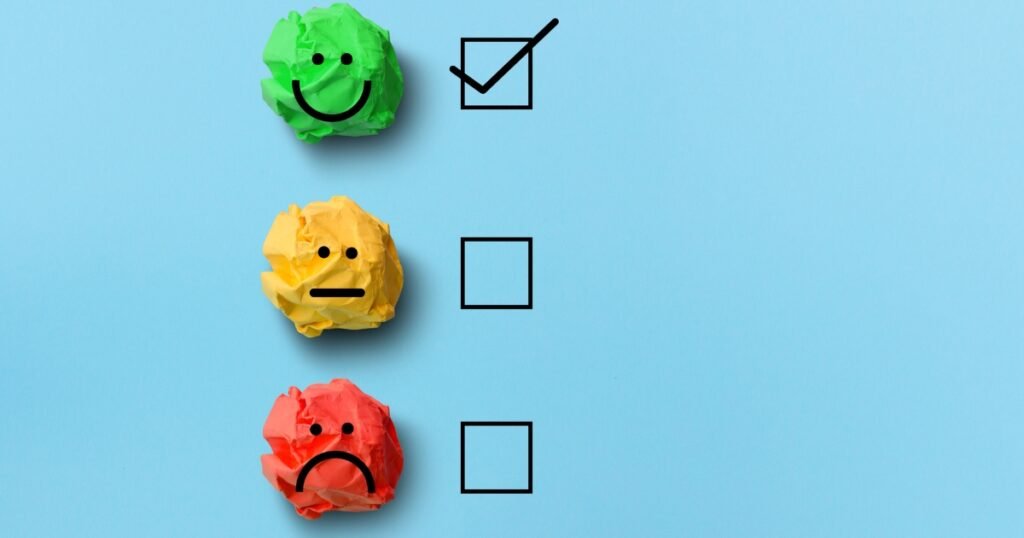
If you’re trying to understand how to know if you need braces, this basic checklist may guide you:
- Do you feel as though your teeth look crooked or packed together?
- Is it hard getting the floss between some teeth?
- Do your upper and lower teeth protrude far?
- Do you ever experience jaw clicks or pops, or pain?
- Are you self-conscious about the way your teeth look when you smile?
- Does your dentist talk about alignment or bite issues?
If you’ve answered “yes” to at least two of these questions, you might be due for a dental consultation.
6. Diagnosis And What To Expect
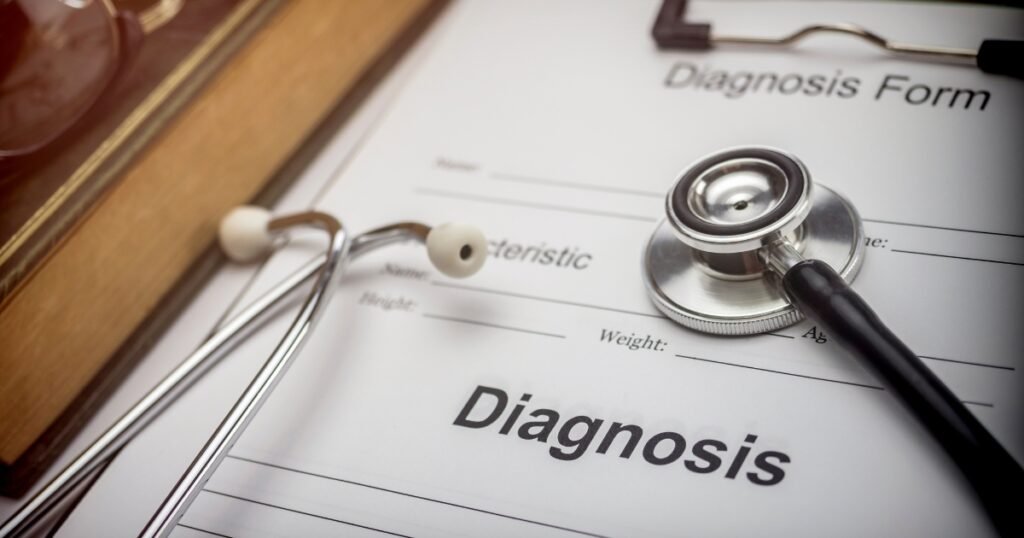
When figuring out how to know if you need braces, you must visit a licensed orthodontist. This usually includes:
- Visual Inspection – The orthodontist examines your bite and jaw placement.
- X-ray Films of the Teeth – These show bone structure and roots of teeth.
- Digital Scans or Impressions – These are what we use to make that 3D image of your teeth.
- Photos– Assist with monitoring progress and preparing treatment.
- Recommendations Rx – How we’ll treat you – a custom plan for your condition.
7. Early Indicators in Children
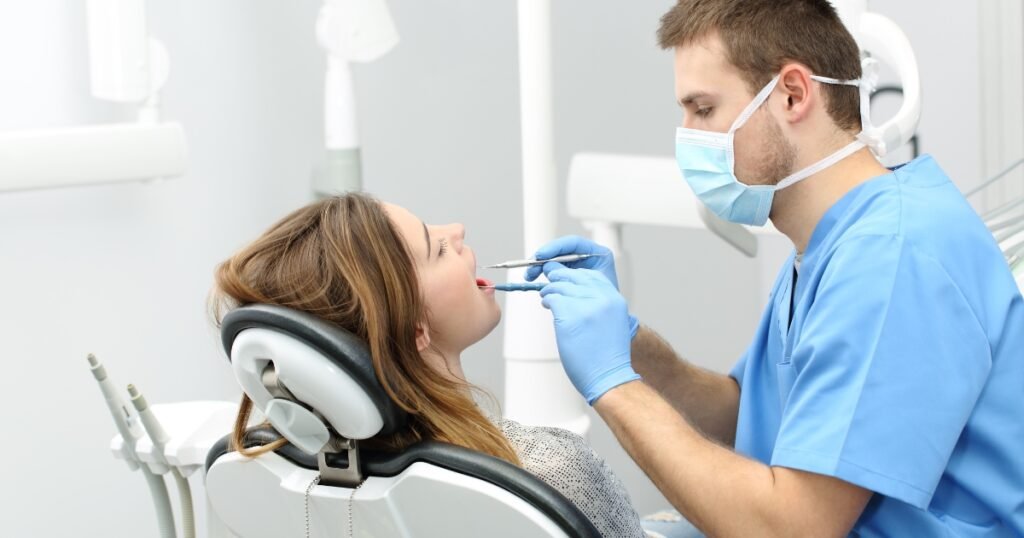
It’s vital that you, as the parent to know how to know if your child needs braces. Some signs are easy to spot:
- Thumb-sucking beyond age 5
- Late or premature baby tooth loss
- Speech problems
- Mouth breathing
- They both have their jaws stuck, or if you have visible bites.
Orthodontists typically advise that children be evaluated for orthodontia once they turn 7, even if they still have baby teeth.
8. Adult Braces: No, It’s Never Too Late
Most of the adults wonder how to know if they need braces after 30. Your dental health is always worth tending to. If you’ve experienced:
- A bite that has changed over the years
- Food frequently gets stuck
- Jaw tension or headaches
- Lack of confidence when smiling
You could be a perfect candidate for adult orthodontics. Innovations like clear aligners and ceramic braces have made it easier than ever.
9. How Dentists Know If You Need Braces
There are a few diagnostic tools used by dental professionals to assess the need for braces in a patient. If you’re pondering how to know if you need braces, here’s what your dentist is taking into consideration:
| Factor | Diagnostic Tool |
|---|---|
| Tooth alignment | Visual exam |
| Jaw positioning | Panoramic X-ray |
| Bite issues | Occlusal analysis |
| Gum health | Periodontal charting |
| Facial symmetry | Photographic analysis |
All factors are weighed before determining if braces are recommended.
10. Cost and Insurance Considerations

A common concern alongside how to know if you need braces is the cost. Braces cost between $3,000 and $8,000, depending on the complexity and type. Fortunately, most dental insurance plans (even Medicaid in some states) cover part or all of the cost of medically necessary orthodontics.
| Braces Type | Estimated Cost |
|---|---|
| Metal Braces | $3,000 – $6,000 |
| Ceramic Braces | $4,000 – $7,000 |
| Invisalign | $4,000 – $8,000 |
| Lingual Braces | $8,000 – $10,000 |
Inquire about a payment plan or financing options with your orthodontist.
11. Psychological and Societal Benefits

Another test to determine how to know if you need braces is to consider the emotional impact. If you are self-conscious about your teeth, you may hide your smile, keep your mouth closed when you speak, or stop participating in social activities. Braces and self-confidence. Braces are also known to increase self-assurance and happiness.
Benefits Include:
- Better self-assuredness around others
- Better speech clarity
- Improved oral hygiene
- Enhanced first impressions
- Positive impact on Relationships in Our Private
Conclusion: When You Can Do Something
Understanding how to know if you need braces is the first step toward better dental health. If you see indicators such as crooked teeth, bite problems, jaw pain, or issues with confidence, it could be worth visiting an orthodontist. A professional can verify your diagnosis and help you decide on the right treatment.
Don’t get sicker waiting for your condition to get worse. The early action tends to generate faster, more effective results. Whether you are 8 or 48, braces can be life-changing — and not just for your teeth, but for your entire countenance.
FAQs on how to know if you need braces
How do I know if I need braces without going to a dentist?
Although you will still need to consult with a dentist before knowing for sure, you can recognize potential issues at a young age and decide to consider an orthodontic treatment by observing these at home. Typical signs may include misaligned or crowded teeth, problems with chewing, and speaking. An overbite or teeth that shift over time are also telltale signs. Self-assessment is useful, but no substitute for professional advice.
Check for:
Teeth that are crooked, twisted, or overlap each other.
Flossing or brushing challenges
Biting tongue or cheek often
Jaw pain or popping
Spaces or large spaces in teeth
Is it normal for teeth to shift as I grow? Should I worry?
Shifting of the teeth is normal with age, tooth loss, and jaw growth. A little shifting, of course, is perfectly normal, but if you’re feeling big movement, discomfort,t or a noticeable change in your bite, that may be a sign that you need braces. Tracked alterations will indicate whether an orthodontic treatment is indicated.
Symptoms that abnormal shifting is on the horizon:
Gaps appearing suddenly
Overlapping or crowding teeth
Increased bite discomfort
Speech changes
Food frequently gets stuck
At what age should children be evaluated for braces?
The American Association of Orthodontists recommends that children receive their first orthodontic evaluation by the age of 7. Even before permanent teeth are fully in, early problems such as crossbites or crowding can be spotted. Early assessment isn’t about treatment necessarily, but it does help with planning ahead.
Look for in kids:
Thumb-sucking beyond age 5
Early or late baby tooth loss
Difficulty chewing
Mouth breathing
Obvious crooked teeth or jaw displacement
Do adults need braces, too?
Absolutely. Age isn’t a limiting factor. Why braces are beneficial for adults. Adults often suffer from crooked teeth, bite problems, or jaw pain. Many go with magnetic options, such as translucent aligners. Whether you’re unhappy with your smile or struggling with oral health issues, you might be a candidate for braces, even as an adult.
Adult-specific signs:
Shifting teeth
Difficulty cleaning teeth
Jaw tension or headaches
Awkwardness when he/she is smiling
Wear of your teeth from improper alignment
Can braces fix my overbite or underbite?
Yes, braces are made to fix your bite, such as overbite, underbite, crossbite, and an open bite. They may result in problems with chewing, speaking, and jaw positioning. Braces are usually suggested for people whose top and bottom teeth seriously stick out.
Bite problems to watch for:
Upper teeth overlap lower teeth too much (overbite)
Lower teeth are in front of upper teeth (underbite)
Your upper and lower teeth are not fitting together correctly.
Bites where there is a space between the biting surfaces of the front and/or side teeth when the back teeth (posterior teeth) are closed together (open bite)
Jaw pain during chewing
Are gaps between teeth a reason to get braces?
Yes. Spaces, also called diastema, may have cosmetic and oral health ramifications. Food frequently becomes wedged between teeth, elevating the chance of gum problems. Braces close these spaces and align teeth properly. If you’re wondering how to know if you need braces, noticeable gaps are a big clue.
Common gap-related issues:
Speech challenges (lisp)
Food lodging between teeth
Cosmetic concerns
Tooth drift over time
Uneven bite pressure
How do braces fix crooked teeth?
Braces can apply constant, gentle pressure to build space between crowded or twisted teeth. Overcrowding makes it tougher to clean and increases the likelihood of cavities and gum disease. If your teeth are overlapping or twisting because of overcrowding of teeth, the braces can fix this effectively.
Crowding signs include:
Teeth overlapping or twisted
Difficult to Access During Brushing
Flossing woes that result in blood in the gums
Jaw pain or discomfort
Increased plaque buildup
Is jaw pain a signal that I should have a brace?
Yes, chronically painful or clicking jaws could be a sign that the body is receiving a not-so-subtle message that something’s not quite right. Braces might help by moving teeth around and taking pressure off the jaw. If you’re curious as to how to tell if you need braces, chronic jaw pain is something to look into.
Jaw-related symptoms:
Discomfort while opening or closing the mouth
Clicking or popping sounds
Headaches or neck pain
Uneven bite or chewing
Teeth grinding or clenching
Do braces fix speech problems?
Misaligned teeth or jaws may contribute to speech problems, such as a lisp or difficulty saying certain sounds. Yes, braces make your teeth straight, and that is one huge benefit when it comes to your speech, as I just explained.
Speech-related clues:
Lisping on “s” or “z” sounds
Slurred or muffled speech
Trouble with tongue placement
Pronunciation when you have an overbite
Air escaping between teeth
Can I use a mirror test to know if I need braces?
Yes, a mirror test is certainly a simple way to gauge alignment. Take a look at your bite and the spacing between your teeth. Do they overlap, turn, or stick out? This isn’t going to be a substitute for a dentist’s assessment, but it might give you a place to start.
What to Note in the Mirror:
Crooked or crowded teeth
Visible bite irregularities
Mismatch between upper and lower jaws (teeth don’t meet properly, teeth are not allocated correctly)
Gaps between teeth
An open bite relationship occurs when the teeth do not meet
What role does genetics play in needing braces?
Jaw shape, tooth size and relative alignment are largely determined by genetics. If your parents or siblings had braces, you’re more likely to also need them. Knowing how to tell if you need braces includes taking a look at your family’s dental history.
Genetic factors include:
Overbites or underbites
Discrepancy in the size of jaws and teeth
Spacing or crowding issues
Extra or missing teeth
Early tooth loss
Can wisdom teeth cause the need for braces?
Yes, pushing your other teeth due to impacted or misaligned wisdom teeth can cause crowding, especially if your mouth has limited space. This can cause the need for braces or a retainer to help straighten the teeth again.
Wisdom teeth red flags:
Sudden crowding
Pain in the back molars
Teeth shifting forward
Swelling near the jaw
Trouble biting down properly
Can I avoid braces if I use clear aligners?
Some patients can use clear aligners, such as Invisalign, instead of braces. They might be alright for you if your alignment issues are mild to moderate. Traditional braces are still necessary in most severe cases, however. The only person who can determine the best choice for you is an orthodontist.
Aligners are ideal for:
Mild crowding
Minor spacing issues
Slight overbites
Adults seeking invisible options
Those with good dental discipline
What dental tools or scans help decide if braces are needed?
To decide if braces are right for a patient, dentists check out X-rays, photos, and digital scan images, and apply their knowledge of examples like the one I have in my mouth. These aids help evaluate the positioning of teeth, the structure of the jawbone, and a person’s bite.
Common diagnostic tools:
Panoramic X-rays
3D intraoral scans
Dental molds or impressions
Occlusal (bite) analysis
Facial symmetry assessments
Does getting braces hurt, and is it worth it?
Some discomfort for the first day or so after getting braces or after adjustments is normal, but it’s lessened and temporary. The benefits — straight teeth, better bite, improved confidence — much outweigh the temporary discomfort, most people will tell you. Knowing when you need braces can mentally prepare you for the journey.
Braces’ benefits include:
Better oral hygiene
Enhanced self-esteem
Reduced risk of jaw problems
Long-term oral health gains
Improved chewing and speaking

Dr. Niraj Ghanghoriya is a passionate dental surgeon with over 12 years of experience in clinical dentistry. He completed his BDS from the prestigious Sri Aurobindo Institute of Dentistry in 2012 and specializes in painless root canals, smile makeovers, and preventive oral care. Known for his patient-first approach and clear communication, Dr. Ghanghoriya aims to make dental knowledge accessible to everyone. When he’s not in the clinic, he enjoys writing informative dental blogs to help people take better care of their oral health.
